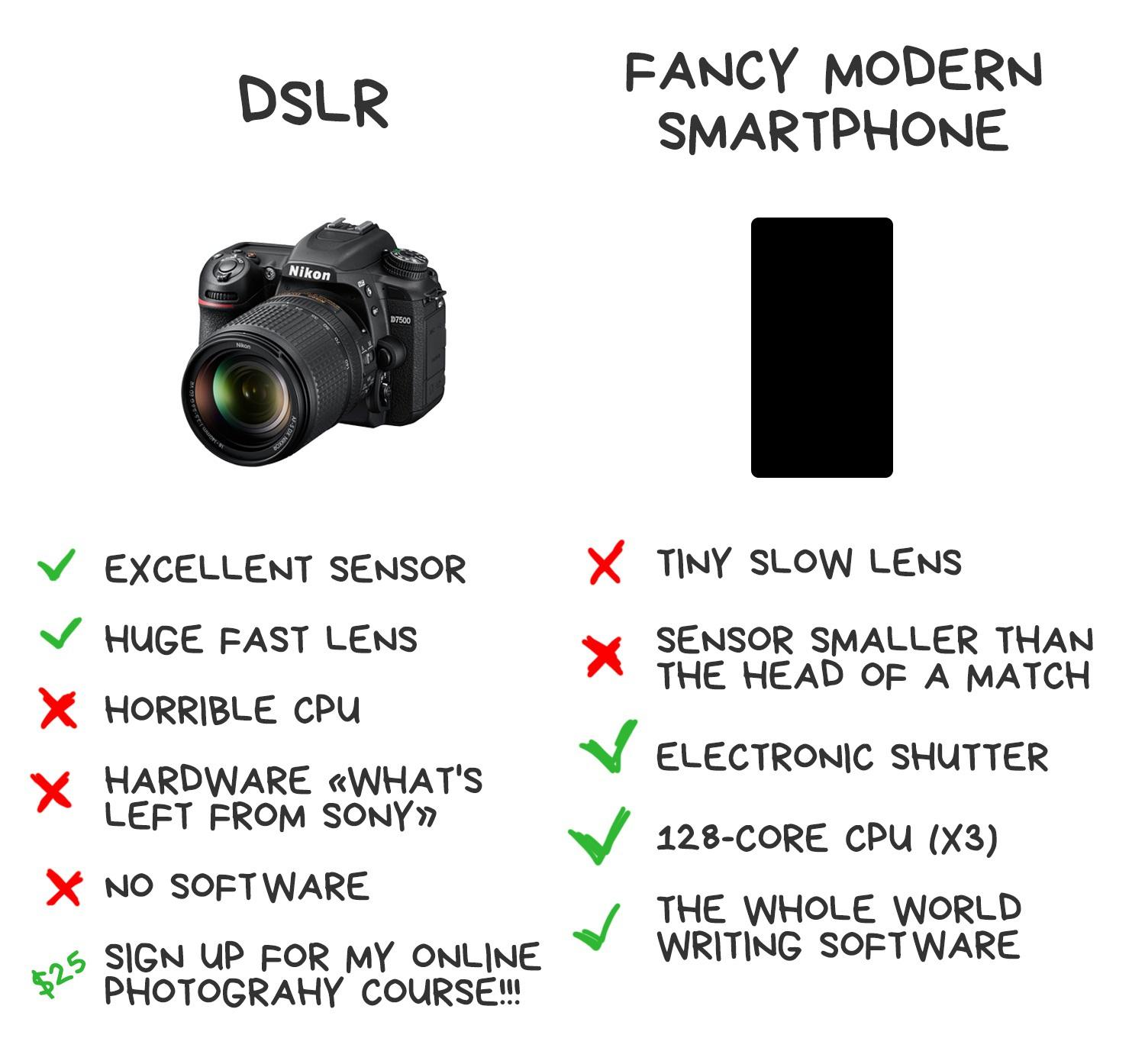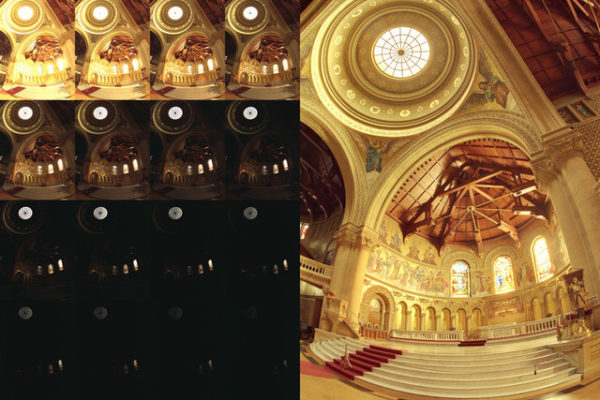Smartphones are now everyday cameras that gave a new turn to modern photography. Equipped with advanced zooming capabilities, high definition picture quality and a lot of maneuvers that were traditionally attached to professional photography, smartphone cameras have really revolutionized our relationship with images and photography. No longer, we don’t need to carry a separate camera for photography. A good smartphone with a highly equipped camera can just allow us to do everything, grabbing great pics and uploading them on our social media in real-time. Most important of all, you can try your photographic skills without having any professional training.
As the boundaries between professional photography and smartphone photography are getting blurred, it is necessary to know the technologies that are advancing the capacity of smartphone cameras with every passing day. Any mobile app development company building the latest photography apps looks up to the latest image processing capabilities and algorithms to deliver competitive output through images.
Modern computational capabilities are helping smartphone photography to deliver great and diverse image output. This is something widely being referred to as computational photography.
What Precisely Is Computational Photography?

If you think digital image processing is alone making computational photography possible, you are wrong because you forgot to take into account the advanced optical capabilities of the latest smartphone camera systems. So, computational photography is something that cannot just be ascribed to the smartphone camera but also all digital photography instruments like DSLR cameras. But since DSLR cameras have a wider scope of using the optical processes, smartphone cameras are the biggest beneficiaries of computational photography.
Smartphones being equipped with small and noisy sensors and really tiny lenses have really no choice but to take help from the computational capacity to give a facelift to captured images. To overcome the typical shortcomings smartphone cameras incorporated fast-paced electronic shutters, powerful processing capacity, and powerful imaging software.
If you think computational photography is about adding some special effects to captured images or image processing techniques to deliver better photographic output, you have no idea about the entire length of the capacity of computation behind smartphone photography. The latest photograph of Black Hole captured by the astrophysicists has also become possible thanks to computational photography. Instead of using a large telescope of the size of the earth, scientists used several telescopes positioned around the earth ball. It also involved writing code in Python language. This is how computational capacity coupled up with telescopes made photography of the Black Hole possible.
What About Instagram Treatment For Photos?
When talking about computational photography we just can’t avoid sparing a few words in the Instagram filters. These days almost every photographer with social media presence is obsessed with Instagram filters. In fact, these filters emerged as a big boost to the social media image posts.
These filters are the result of years of research on different aspects of imagery, particularly the overlay and color settings. From the X-Pro II to Lo-Fi or Valencia, most of these filters basically comprise of three key elements, color settings, tone mapping, and overlay.
Colour settings referring to the basic aspects like brightness, hue, saturation, contrast, etc are common to the elements that photographers always deal with. Tone mapping representing a vector of values adjusts the hue for a particular filter. The overlay on top of these elements just provides various overlay effects ranging from grain, vignette, dust, etc.
These filters are not the end of such experiments with images. There are others who are experimenting with various nonlinear filters and are helping to allow complex transformation of images. Such experiments with filters in the coming era are going to open up more twists to the imaging output.
HDR, A Key Technique in Computational Photography
HDR is one of the key techniques that play a key role in the Smartphone and standalone digital cameras now. This technique capable to deliver a higher range of brightness has become irreplaceable with digital photography and imaging techniques. Let us explain how this computational technique helps digital photography to catch up with common photography and imaging output.
This technique is introduced to help images adapt to the human perception of luminance across a wide variety of lighting conditions. The present-day complementary metal-oxide-semiconductor (CMOS) image sensors are capable to capture a higher dynamic range using a single exposure or capable to capture the perfect image frame from a multitude of frames taken with milliseconds of difference from each other. All these information grabbed by CMOS are processed by a highly capable algorithm and are processed to deliver the perfect image from these frames and dynamic range. Now, smartphones are allowing automatic tuning of HDR for optimum image output.
This computational technique allows users to utilize the HDR technique without manually choosing the frames and dynamic range. The HDR technique is automatically activated just takes care of the images. That means without the user taking too many decisions the perfect and stunning images are produced.
Night Sight introduced by Google in its Pixel range of smartphones is another important technique of computational photography. The software in this case by using motion metering evaluates the available light and number of objects before the photo is actually taken. Based upon this the number of exposures and their duration is decided upon. From all these exposures a single image is produced and an algorithm helps doing away with the tiny dots created by the unnatural light. This helps to reproduce more accurate colours of objects in the scene. The tone mapping further helps in bringing out the true colours of the objects. This results in images with a more lively image with sharp and naturally coloured objects with a dark background.
Conclusion
Computational photography in more ways than one is actually breaking the barriers and limits of imaging capability of photographic sensors. Software algorithms coupled up with a variety of image processing techniques is making way for mobile photography that can capture more than even the common eyes in low-light conditions.








